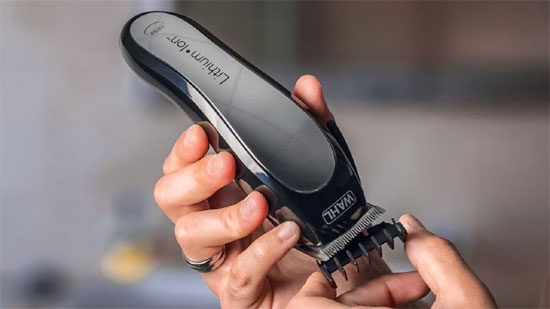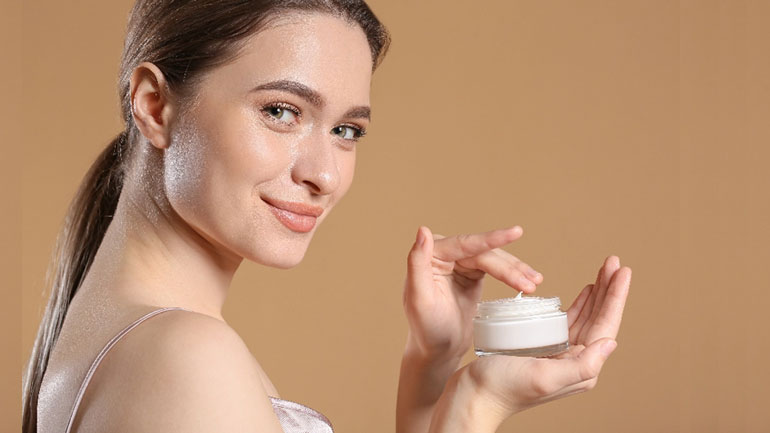
A lot of things may be possible – A world where women live without caring for hair treatments is less viable.
Hair treatment is like a separate world. And, sure as hell extends beyond buying a more expensive shampoo.
However, it starts with learning about hair porosity.
What is Hair Porosity
Porosity is the measure you use to measure hair’s ability to absorb moisture. Determining this allows you to understand what kind of products your hair needs. For example, high porosity hair characteristics are that it takes more time to dry, and it quickly absorbs water.
However, that is not much to go around. So, take a look at human anatomy and hair. The hair consists of hair strands, which consists of cuticles. When your cuticles lie flat, it is harder for moisture to leave your hair. It is characteristic of low porosity hair. t
Contrary, when the hair won’t lie flat, and the moisture quickly enters and leaves the hair – you have high porosity hair. However, whether you have low or high porosity hair should be far from your primary concern.
Instead, you should learn more about porosity types and find the right products for your hair type.
Types of Hair Porosity
There are three basic porosity types. Before you learn about porosity types, take time to learn about hair porosity measurements. The stylist was the first professional to measure porosity. They graded porosity on a scale from 1 to 5.
Stylists use the system to score the structural integrity of the hair before coloring. Grade range 1-2 represents low porosity hair. Score 3 is medium, and 4-5 is high porosity hair.
In the lower grade range, you have a compact and tight cuticle and highly elastic. In most cases, it is hair closest to natural color or hair with up to 3 chemical treatments. The medium grade range has a slightly raised cuticle, has experience with treatments and outdoor exposure.
In the high-grade range, you have excessively raised cuticles or complete loss of cuticle layer. It looks frizzy and has almost no elasticity. You can recognize it because the current color doesn’t resemble the natural color. Also, the hair experienced a lot of chemicals and other treatments.
It serves only as a guide or way to help you find clues about your hair. But, there is more to it.
Low Porosity
Characteristic of low porosity hair is a tightly-bound cuticle that lays flat. Out of all porosity types, stylists and doctors consider this type the healthier. Even when it is dark, the hair remains shiny. The downside of low porosity hair is that it repels moisture, so it is hard to wet it and process it with chemicals.
You can reach the state of low hair porosity with a protein-rich deep conditioning product. If you use moisturizers, use those products that are rich in shea butter, jojoba oil, coconut oil, and mineral oil.
Medium Porosity
Reaching low hair porosity can be challenging. Instead, you can try to achieve medium hair porosity since it requires the least maintenance. The medium porosity brings you both benefits and disadvantages.
The follicles are loose, and it absorbs moisture well. You can perm it, style it, and color it with ease. However, if you expose it to treatments too much, you can raise the hair porosity and experience problems later on.
To keep it healthy, you should do occasional deep conditioning treatments with protein-rich conditioners.
High Porosity
High porosity hair happens due to genetic properties or mistreatment of hair. Here, follicles are rare and sporadic, letting moisture enter and leave with ease. High porosity is present in hair that experienced a lot of chemical treatments, coloring, and outdoor exposure.
The tricky part with high porosity hair is that even shampooing and bathing brings damage to your hair. When you have a high hair porosity, you should use conditioners, moisturizers, and sealers to keep the moisture.
So, now you know about types of hair porosity – It is time to learn how to test hair porosity.
Hair Porosity Tests
To test your hair porosity, you don’t need any special equipment. You can do everything at your home. The only thing you need is a glass, water, and you are ready to start.
Also, you should know that there are a bunch of different tests on the web. Aside from the standard float test, other tests are a variation of wet and dry tests.
So, you can try them out immediately after you finish reading.
Float Test
It is the best test you can use to determine hair porosity. The only thing you need is a glass of water and a strand of hair. Let the strand of hair slide into the glass. If the hair takes no time to go down, you have high hair porosity. If it flows slowly and reaches the bottom, it is medium porosity. And, if it takes a lot of time to float down, it is low porosity hairy.
Wet Test
The wet test is similar to the float test. However, you won’t use the glass. Instead, you are going to wet the hair and measure how much time it takes to dry. If it dries with ease, you can say that it is high-porosity hair.
Dry Test
A dry test requires just a strand of hair. You need a solid surface, and for this instance, you can use your palm. Push the strand against the palm and see whether it folds or breaks. If it breaks, it is high porosity hair.
Now you can test it and use proper hair treatment.
Proper Hair Treatment
The two best ways to treat high hair porosity is to use protein treatment and the right products for your hair. Even though there are basic types of hair porosity – Each person is different.
Make sure you talk with a professional and learn a lot about hair care products. Apply them with care. And, even if you don’t see results, be patient.
Treating your hair is a process – Enjoy every moment while you create your dream hairstyle.




